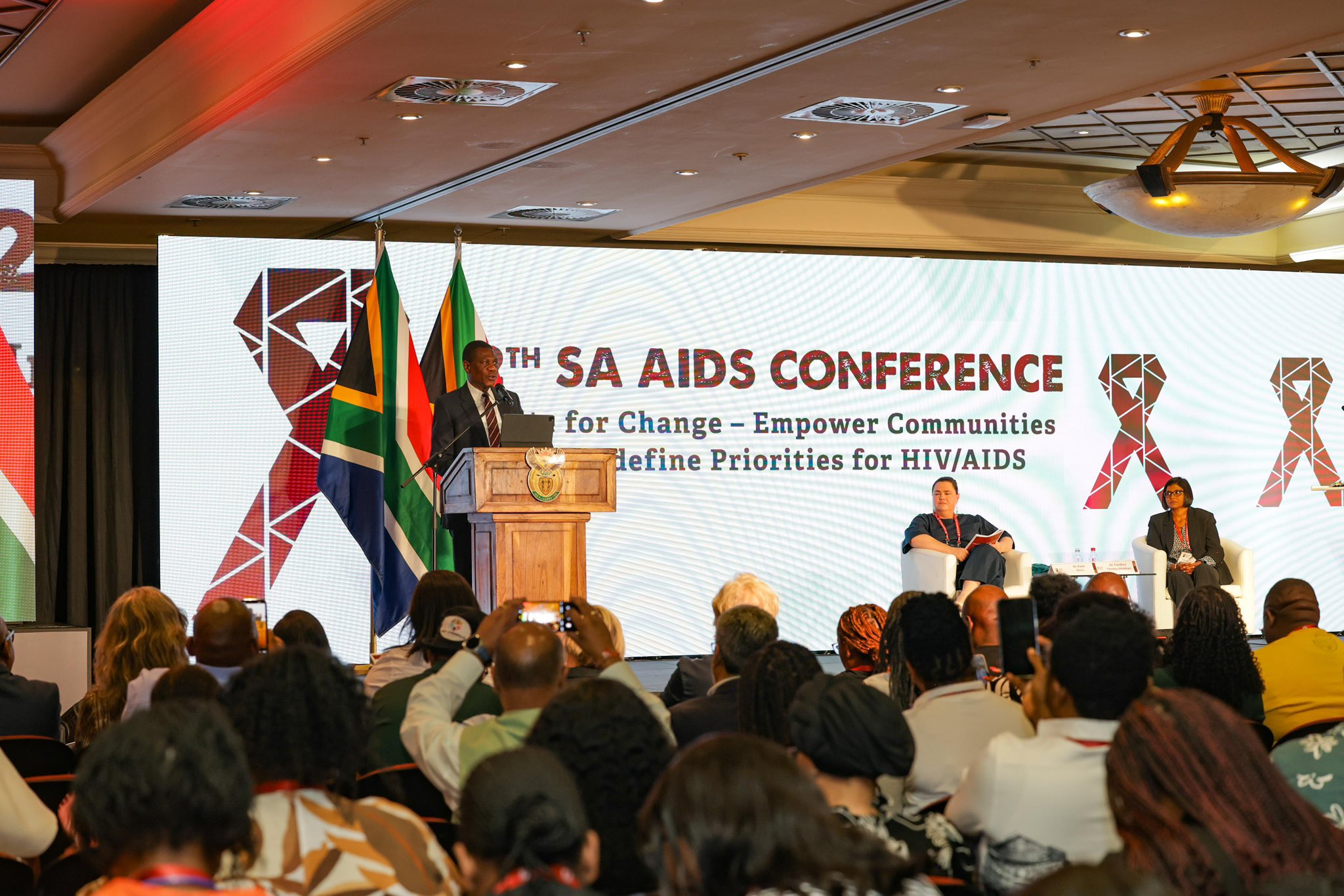News
WHO Applauds South Africa’s Bold HIV Funding Shift Amid Aid Cuts

A Global Spotlight on Local Innovation
South Africa has once again drawn the attention of the global health community, this time for its determination to keep HIV and AIDS programs alive despite major aid reductions. Speaking at the 12th South African AIDS Conference at Emperors Palace in Ekurhuleni, World Health Organization Director-General Dr Tedros Ghebreyesus praised the country for quickly adjusting to funding cuts from the United States and developing innovative solutions.
He highlighted South Africa’s new HIV/AIDS Sustainability Roadmap as a forward-looking plan that not only cushions the blow of the aid gap but also strengthens domestic commitment to tackling HIV and tuberculosis.
Turning Cuts Into Opportunities
The recent withdrawal of funding by USAID and PEPFAR could have been a crippling blow for a country still managing one of the world’s largest HIV epidemics. Instead, South Africa moved swiftly, analysing the potential impact across provinces and drawing up contingency measures to protect vulnerable communities.
Dr Tedros called the strategy a show of resilience, saying that while the cuts are disruptive, they also bring opportunities for greater self-reliance. His remarks struck a chord with delegates, many of whom know firsthand the importance of keeping prevention, treatment, and support uninterrupted.
Mashatile’s Call: Equity First
Deputy President Paul Mashatile, in his role as chairperson of the South African National AIDS Council (SANAC), used the platform to call for equity in healthcare. He stressed that access to comprehensive services must leave no one behind. For him, this means not just medication and clinics but also education, awareness, and breaking down the stigma that continues to keep people from seeking help.
Mashatile reminded the gathering that South Africa’s National Strategic Plan was shaped by lessons from Covid-19. It is designed to be pandemic-ready and broad enough to address HIV, TB, and sexually transmitted infections together. He noted that the plan even widens the scope of STI care to include viral hepatitis, linked to HIV transmission.
A Road to 2030
The current National Strategic Plan is the last before 2030, a year set globally as a milestone for reducing HIV infections and deaths. SANAC is consolidating reports and preparing a midterm review to measure how far the country has come and what still needs urgent attention. Mashatile was firm that recent US funding cuts will not derail progress, insisting that South Africa’s achievements in managing HIV and AIDS will be preserved.
Why It Matters
For decades, South Africa’s HIV story has been deeply tied to international donors. This moment marks a shift, showing that the country is finding ways to take control of its own response. While challenges remain, from stigma to structural barriers in healthcare, the message coming out of Ekurhuleni was clear: South Africa is determined to lead its own fight, with or without foreign aid.
Also read: Fake NSPCA Inspector Arrested in Cape Town
Follow Joburg ETC on Facebook, Twitter, TikT
For more News in Johannesburg, visit joburgetc.com
Source: IOL
Featured Image: X (formerly known Twitter)/@GovernmentZA















